Affliction, exploration, or exercise – no matter what it feels like, acting upon creativity is an awesome responsibility and a significant labor of love. And for design in particular, there’s something intangible about the iterative process that imbues work with personal meaning. One such assemblage embodying this concept of making is the Echo Collection by multi-hyphenate interior designer Kelly Wearstler. Comprising tables, benches, stools, and sculptures, each furnishing appears to resonate with repetitive organic shapes in celebration of a prolific architectural form – the arch.
While Wearstler’s eponymous practice is known for exploring the intersection of craft and technology, Echo returns to an embrace of a singular, natural material and the slowness of something handmade. Pencil sketches are brought to life, sculpted in timber by an artisan and longtime collaborator of Wearstler’s located in a workshop near Downtown Los Angeles. Newly launched, the collection is offered in natural Douglas Fir wood, white gesso, and ebonized Douglas Fir, with prices ranging from $5,500 – $20,000.
Here, Wearstler talks to Design Milk about the inspiration she draws from California, the impact of Echo, and hints at a future with more handcraft.
What came to you initially – the name or the form? And what moved you to make this collection?
The form. I never begin designs from language. My inspiration is driven from visual cues. Iteration is a constant exercise for our studio and the exploration of the Echo motif led us to develop an entire range of pieces.
How did you land on these forms? How did you decide which would be natural and which would have a painted finish?
I’m often moved by the raw beauty of nature. The landscapes of Southern California have long been a rich source of inspiration for me and this project was no exception. Organic repetitions found in nature – reverberating ripples on the surface of a pond, Malibu’s undulating cliffs – helped spark the idea for these forms.
The collection began with a rectilinear bench, which was then iterated in a smaller stool or table, also with a geometric silhouette. From there the family expanded to include curved drinks tables and a dining table that reference the shape of the carved arches in the initial designs.
It’s important to offer our clients options, and the pieces maintained their gravitas with finishes of ebony and white gesso.
When did you put pencil to paper and draft the first sketch?
We started exploring the repetitive arches a few years ago when designing an architectural space for a project. It began as a simple gesture that evolved into a bench concept. There was something poetic about the pattern and form, almost like holes in a decaying tree trunk. I knew it needed to be crafted in wood.
What drew you to this particular timber artisan and what was the creative process like developing and constructing these in collaboration?
We’ve been collaborating for years – he’s incredible. It’s important that our studio works with local artisans as much as possible, and that we utilize our Los Angeles workshop when producing projects such as this. We conduct multiple studio visits throughout the process to see how things are looking and explore new avenues. As the artisan intervenes with the material, we all learn as we go. That is when the magic happens.
What, if any, challenges presented themselves when realizing each design?
For the bench, it wasn’t possible to get a single piece of timber large enough, so we fused three pieces together that were ultimately carved as if they were from a single block. For the drinks and dining tables we were able to find large enough pieces of Douglas fir to craft the shape from a single segment.
In what way do you imagine these in dialogue with your other pieces? And in what types of future projects could you see them?
I love to design with opposing elements, old and new, natural and artificial. I don’t necessarily see the Echo arranged with other pieces from my own collection, I’m more interested in how the series will play with expressions from other designers. I like to bring together pieces from different sources that evoke different sentiments to create a meaningful and intriguing story.
What type of clients do you imagine these pieces speaking to?
These pieces have a certain earthiness to them, though in the black and white they are very sculptural and could almost seem severe. They can work in a multitude of spaces. I hope they speak to all kinds of people, and that they are given a new point of view in each place they land.
How do you hope clients style and live with these?
However they want! Design is all about self-expression and it inspires me to see how others interpret my work.
What is it like for you to design, and what did it feel like to see these in person for the first time?
Designing for me is always a process of falling in love with a new creative expression. It is an appreciation for the world around us, and an act of generosity. Ultimately, we are designing to bring people joy, to inspire them and make them feel amazing. Our studio is multifaceted, so it’s enriching to explore so many different applications of creativity.
What did you learn from working on this collection about the material, process, or perhaps even yourself tackling something different from what you might typically explore?
The Echo series is a reminder to sustain our studio’s commitment to hand-drawn and handmade design. Our practice is often deeply tech-enabled, but it’s important to go back to the basics, especially when exploring themes so closely related to nature.
Is there a particular moment from the process that sparks joy for you looking back on it, or perhaps peoples’ reception to the collection?
The response to the first long bench was so positive. We had placed a piece in a Proper Hotel. We had lots of inquiries, which indicated that there was something to mine. My job is to uplift people, so it’s important to stay connected to our audience and listen to what they are excited about.
Where do you see this collection going in the future? Will it expand? Inspire something else leaning into handcraft?
You never know for certain. We’ve expanded collections in the past, but I’m always looking ahead, so most likely we’ll focus on new forms and techniques. We’ll keep employing handcraft in our work. That is something you can count on.
To learn more about the Echo Collection, visit kellywearstler.com.
Photography by Sid Singh.


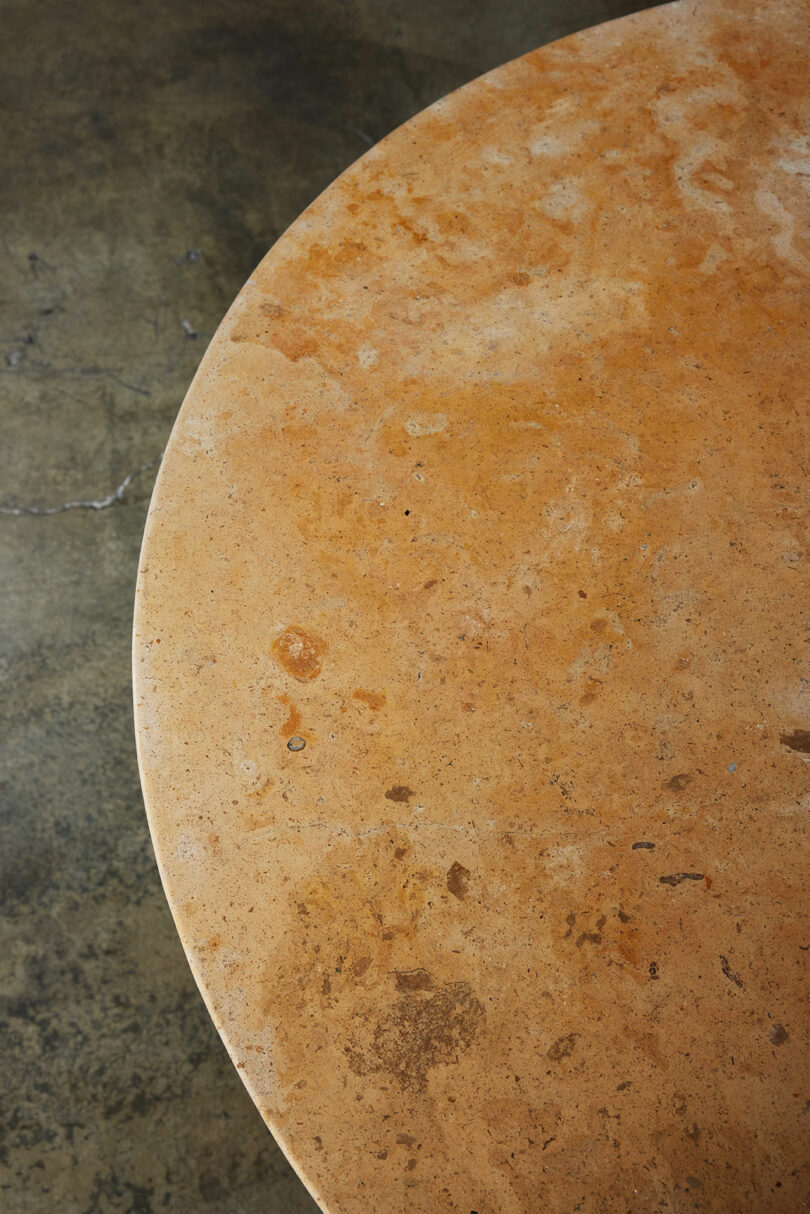
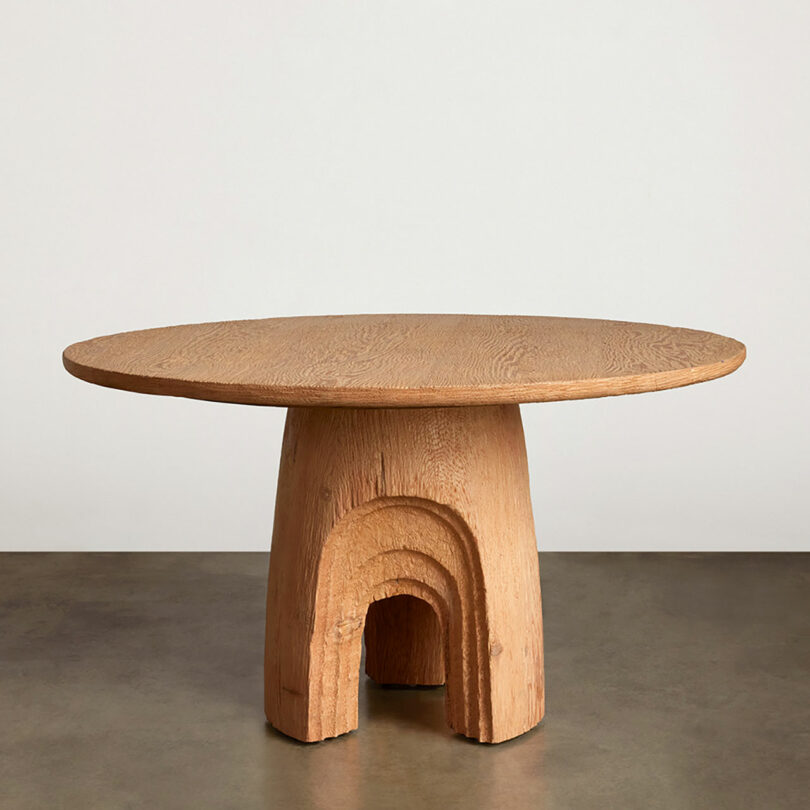

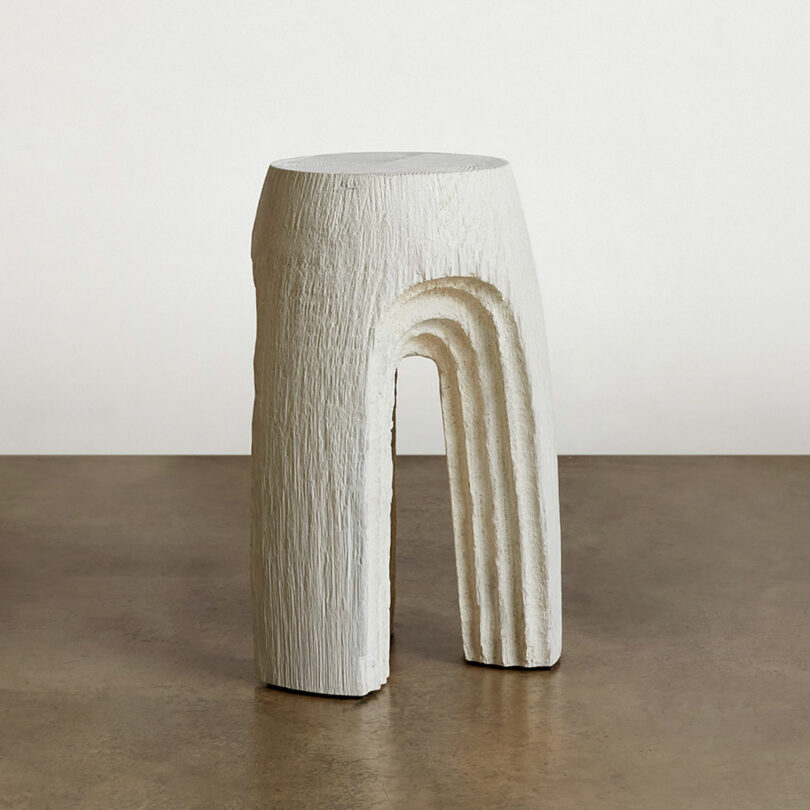
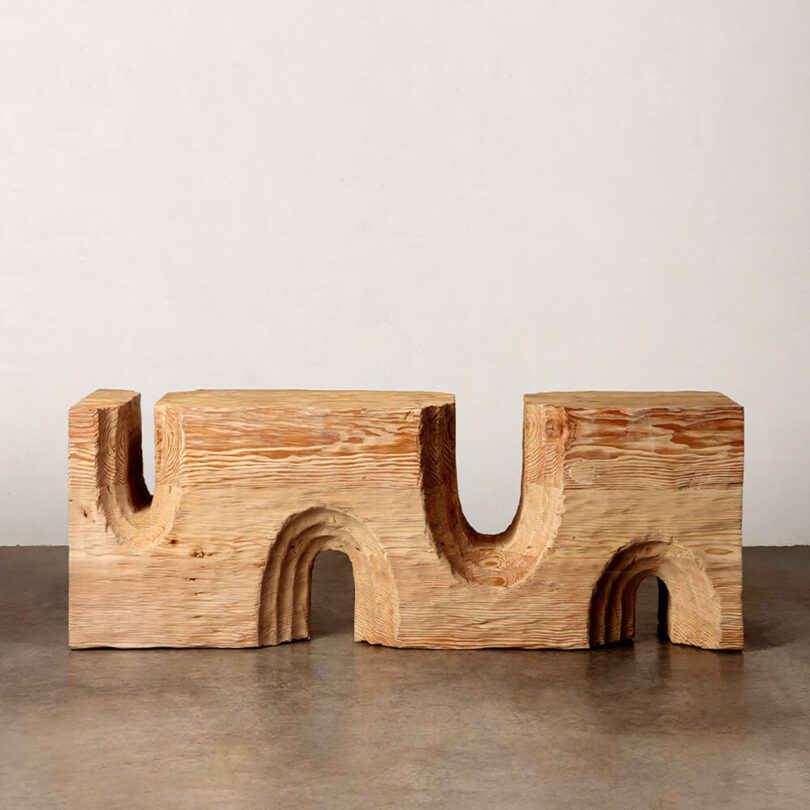
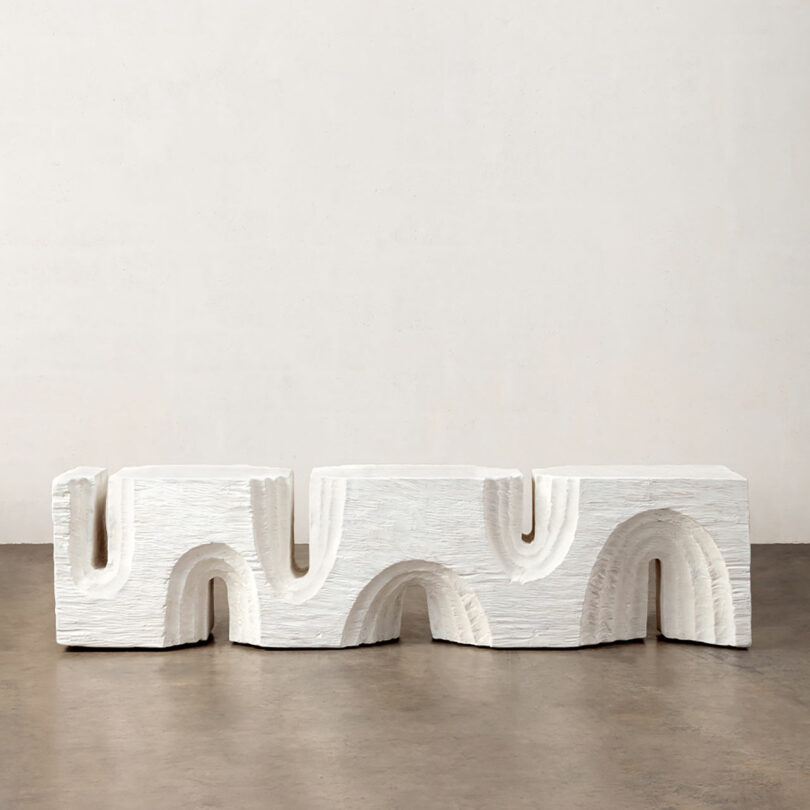
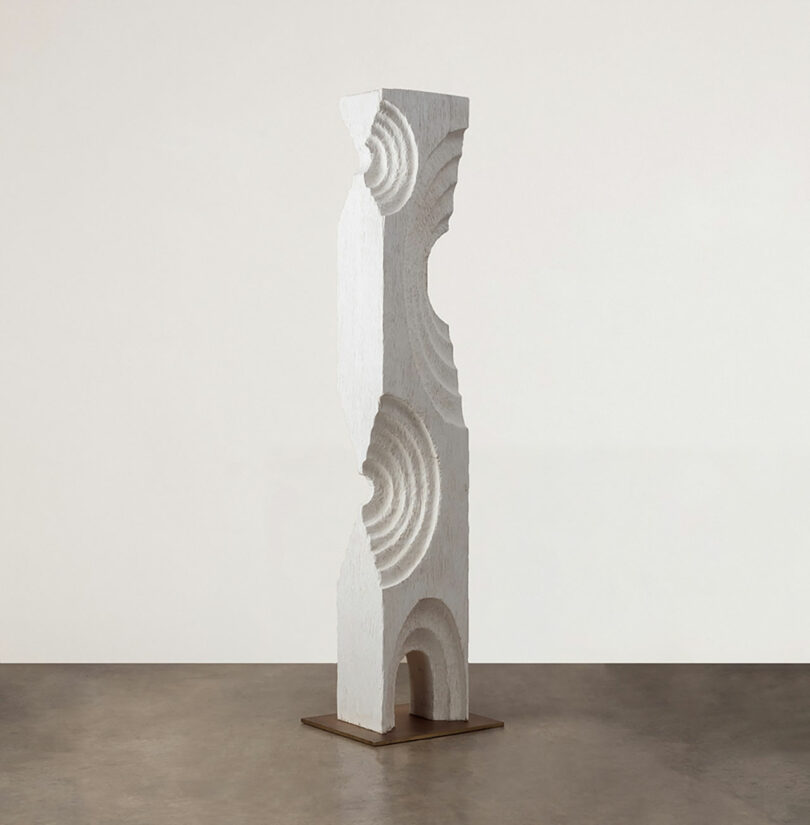



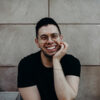



 No products in the cart.
No products in the cart.